aluminum curtain wall > FAQ
>>
FAQ
Company News
- Introduction of aluminum veneer curtain wall
- Matters needing attention in the design of aluminum veneer curtain wall
- Installation steps for exterior wall aluminum veneer
- The characteristics of fluorocarbon aluminum veneer application range
- Why do more and more people like wood grain aluminum veneer
Industry dynamics
- How is the wood grain on the wood grain aluminum veneer made?
- I consult hyperbolic aluminum veneer why do you want to ask me for drawings
- What are the customized processes for aluminum veneer manufacturers?
- What are the unique advantages of fluorocarbon aluminum veneer
- Exterior wall aluminum veneer construction technology has those
FAQ
- Advantages of hyperbolic aluminum veneer over ordinary aluminum veneer
- Important factors affecting the brand awareness of aluminum veneer
- Process Technology of Carved Aluminum Plate
- How much do you know about the thermal design technology of aluminum curtain wall profiles
- What are the characteristics of wood grain aluminum veneer
Contact Us
Mobile phone: 13074271912
Tel: 130-7427-1912
Email: 3457334962@qq.com
Address: Jianmei Building, Dali Town, Nanhai District, Foshan City, Guangdong Province, China
FAQ
Advantages and Disadvantages of Carved Aluminum Plate Technology
- Author: Kaimai
- Release date: 2020-11-27 14:21:55
- 点击:0
随着对节约能源与保护环境的要求的不断提高,建筑维护结构的保温技术也在日益加强,尤其是外墙保温技术得到了长足的发展,并成为我国一项重要的建筑节能技术。目前,在建筑中常使用的外墙保温主要有carved aluminum plate、外保温、内外混合保温等方法,然而,在不同的保温方法施工过程中,也出现了各种各样的质量问题,本文意在通过对carved aluminum plate产生的问题进行分析,从而对工程中的质量问题起到预防的作用。


Carved aluminum is the inner wall of the use of benzene board, thermal insulation mortar and other thermal insulation materials, so that the building to achieve the role of heat preservation and energy saving construction methods. The construction method has the advantages of convenient construction, low requirement for verticality of building external walls, and fast construction progress. In recent years, it has also been often used in engineering. However, the quality problems caused by the external wall insulation also follow.
An obvious defect of carved aluminum veneer is that the existence of structural cold (hot) bridge causes condensation phenomenon due to excessive local temperature difference. Since the position of internal insulation protection is only inside the inner wall and beam of the building, and the outer wall corresponding to the inner wall and the board cannot be protected by insulation materials, a cold (hot) bridge is formed in this part. In winter, the temperature difference between the indoor wall temperature and the indoor wall corner (the corner where the insulation wall and the non-insulation board meet) is about 10 ℃, and the indoor temperature difference can reach more than 15 ℃. Once the indoor humidity conditions are suitable, the condensation phenomenon can be formed here. And dew water immersion or freeze-thaw and easy to cause thermal insulation wall mold, cracking. In addition, in the winter heating, summer cooling building, indoor temperature with day and night and seasonal variation is usually not large (about 10 ℃), this temperature change caused by the building wall and floor of the linear deformation and volume change is not big. However, the external wall and roof by the outdoor temperature and solar radiation heat caused by the role of the temperature change is larger. When the outdoor temperature is lower than the indoor temperature, the contraction of the external wall is faster than that of the internal thermal insulation system. When the outdoor temperature is higher than the indoor temperature, the expansion speed of the external wall is higher than that of the internal thermal insulation system. This repeated deformation makes the internal thermal insulation system always on the basis of an unstable wall, under the repeated action of this deformation stress, not only the external wall is easy to suffer from the damage of temperature difference stress, but also the hollowing and cracking of the internal thermal insulation system.

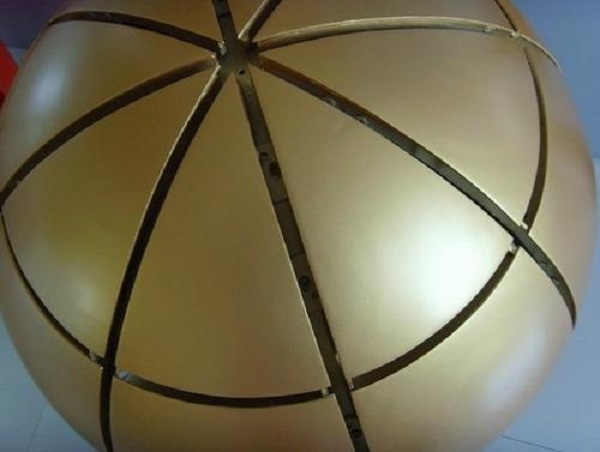

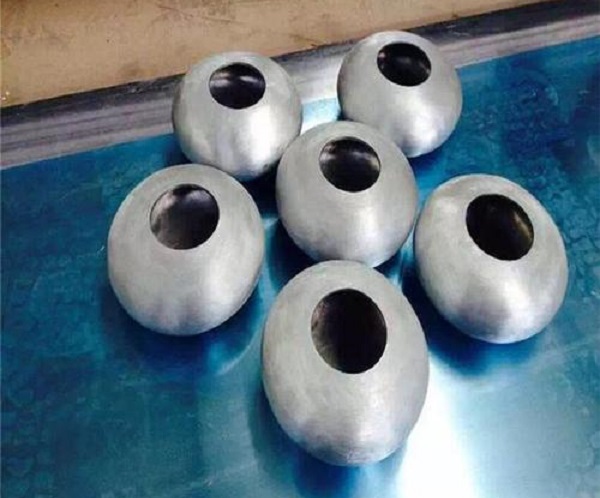
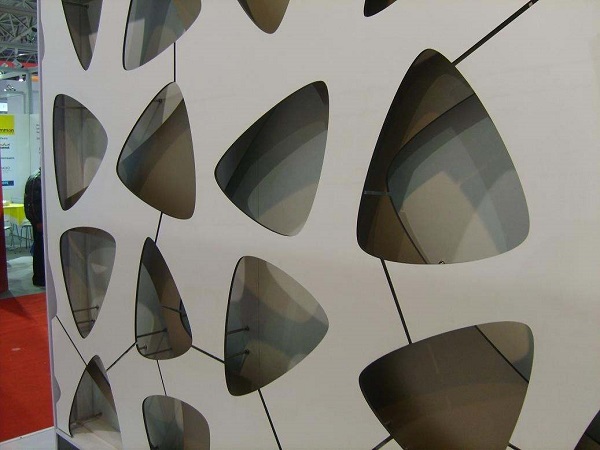
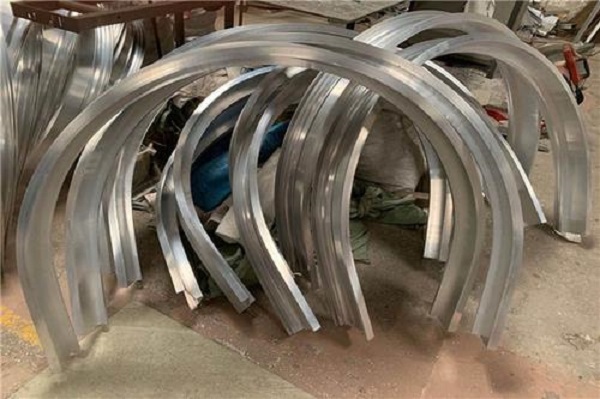
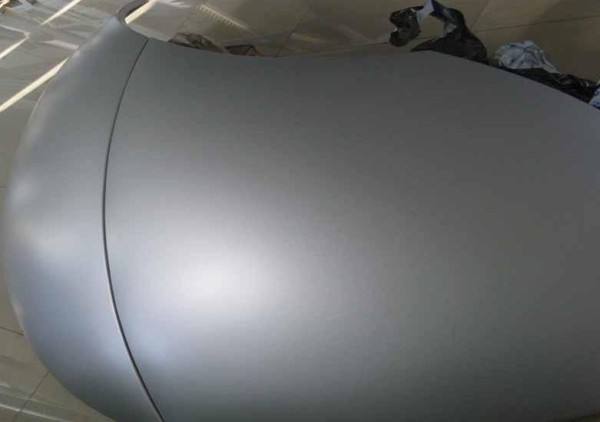
 Customer service QQ
Customer service QQ